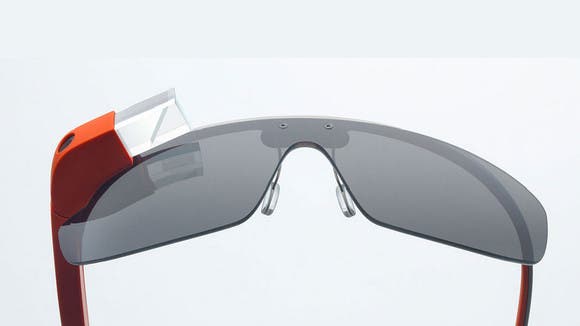- Google Glass is a hands-free technology, with potential applications in a myriad of fields
- Surgeons have recently started performing surgeries with Google Glass
- They report great results, as this technology can save a lot of time and effort
Google Glass seems like the technology of Star Trek – except it’s here, now. For those who don’t know Google Glass is a wearable computer with an optical head-mounted display developed by Google; the device is connected to the internet, displaying information in a smartphone-like fashion, responding to natural voice commands.

Aside from being really awesome, such hands-free devices could have a myriad of applications, and they can potentially be vital when the hands they free are those of a surgeon. Top-notch hospitals, such as Stanford and the University of California at San Francisco, have already began using Glass in the operating room.
In October UCSF’s Pierre Theodore, a cardiothoracic surgeon became the first doctor to get the approval to use the device to assist him during surgery. He used Google Glass to pre-load the scans of the patient taken before the surgery, and look at them from time to time, aiding him in the operation.
“To be able to have those X-rays directly in your field without having to leave the operating room or to log on to another system elsewhere, or to turn yourself away from the patient in order to divert your attention, is very helpful in terms of maintaining your attention where it should be, which is on the patient 100 percent of the time,” said Theodore.
Since then, he has already performed 12 surgeries using the aid of Google Glass, to great results; before, they had to load the images after manually scrubbing them of personal information, so that they could transmit them over Wi-Fi without breaking confidentiality laws – a time wasting, tedious process, especially when you’re in a surgery.
Another advantage of Google Glass in this type of cases is the display. While regular users may find it tiring to look at its tiny glass display, surgeons are already accustomed to looking through magnifying glasses while they work.

“If you believe in the fundamental assumption that having accurate data in the hands of the clinician leads to better decision-making, then it would seem to me that having that data in a way that’s convenient, comfortable and always present in the presence of the patient can lead to greater efficiencies and better decision-making overall,” Theodore said.
It will only take some rather minor tweaks before the technology could be used widely in operating rooms. The main problem is that hi-tech medical equipment often interferes with Wi-Fi signals – something which has to be worked around. Images and patient records will have to be scrubbed of all potential identifying information to avoid breaches of privacy.
Google is still working around, ironing the buggy wrinkles that always come with new technology, but with more and more doctors interested, Google Glass will likely spread in more and more hospitals.


